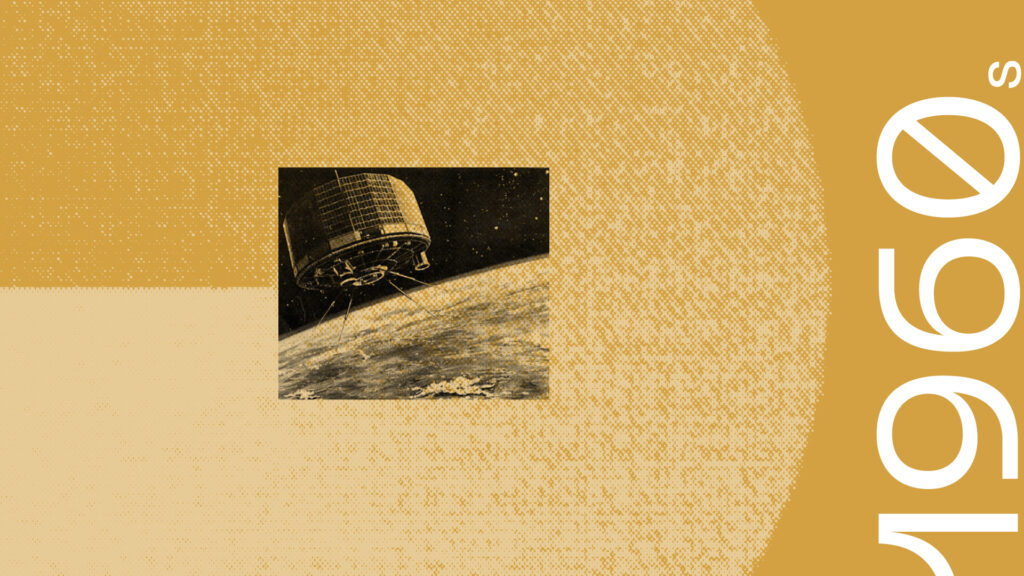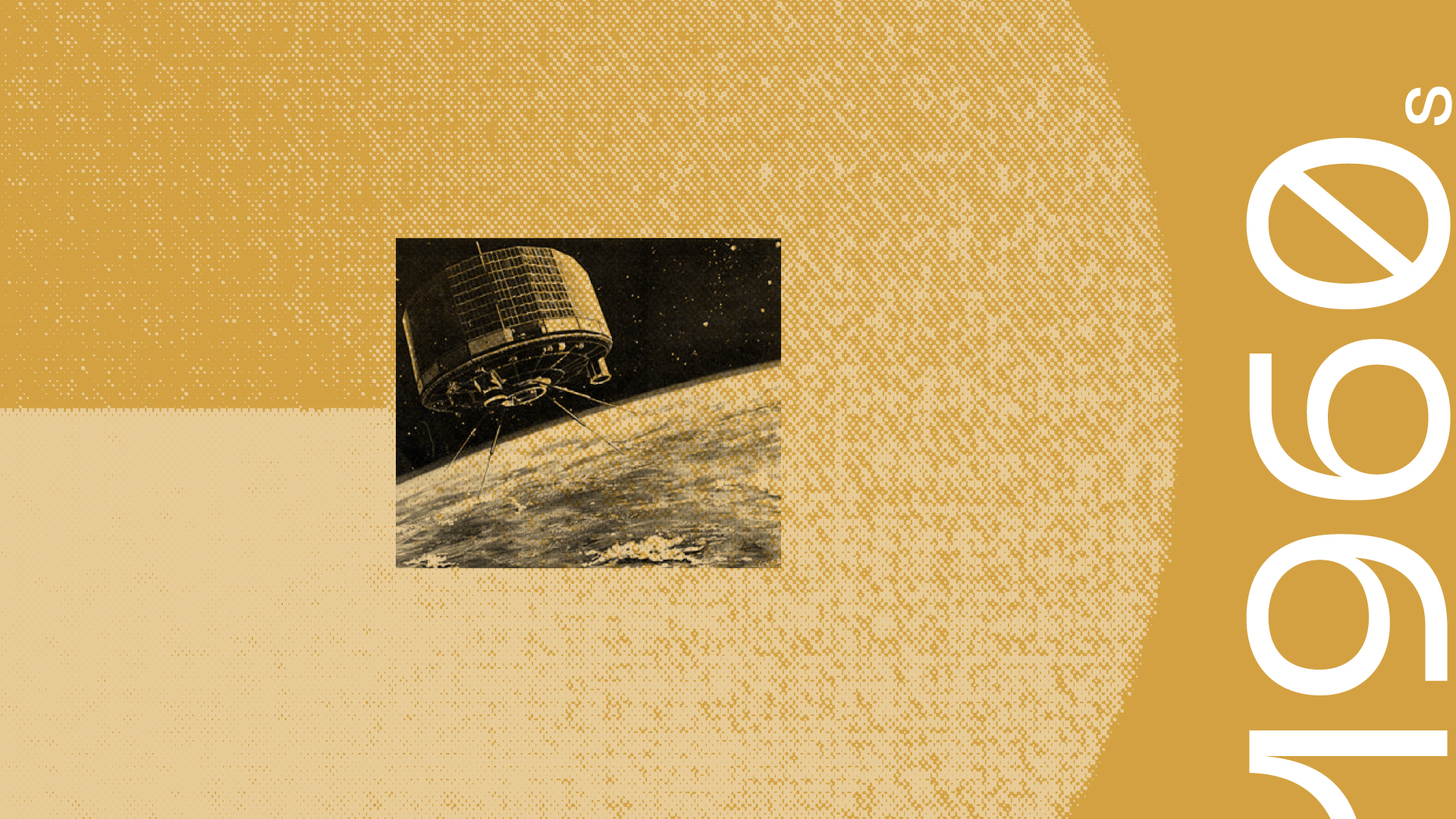
The Television Infrared Observation Satellite (TIROS 1) was the world’s first space-based meteorology satellite. It was developed in a collaborative project initiated, designed, and constructed by staff at the David Sarnoff Research Center (now part of SRI), the Astro-Electronics Division, and Defense Electronics Products. The U.S. Army Signal Research and Development Laboratory in New Jersey supervised the effort.
TIROS 1’s imagery of weather systems successfully demonstrated the feasibility of using television cameras to observe the earth from space and directly led to the development of orbital, real-time, video surveillance for meteorological, geographic, military, and environmental imaging. Video satellites have also used Sarnoff’s solid-state image sensors since the 1970s.
In 2010, the IEEE commemorated the achievement with a milestone plaque—one of four given to SRI to date. Other plaques have been given to SRI for its work on the ARPANET, the liquid crystal display, and color television.
SRI’s work in satellite innovation continues today. Our compact Radio Aurora Explorer (RAX), only 10 x 10 x 30 cm, can be used to investigate causes of upper atmospheric/ionospheric plasma turbulence.



